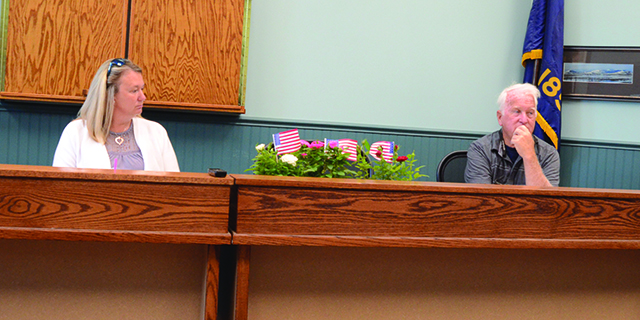Oregon must combat higher threat of fire
Published 11:49 am Tuesday, October 20, 2015
As we near the end of a third consecutive costly fire season, the aftermath is staggering. Some 2,218 wildfires burned more than 600,000 acres across the state and threatened more than 1,400 homes and structures. More than 10,000 firefighters across the Pacific Northwest risked their lives fighting these fires, and ensuring that they could respond swiftly, with all available resources, I invoked the Emergency Conflagration Act five times. Because of the great work of many, we were prepared to minimize loss during these challenging months.
On behalf of all Oregonians, I thank the thousands of firefighters and support crews from local, state and federal agencies, tribal governments, the contract community, local first responders, landowners, forestry professionals and others who ensured that not one life was lost in Oregon. Other states were not so fortunate. Your dedicated service to our state is never taken for granted, and is greatly appreciated.
Trending
Even though wildfire season is winding down, now is the time for Oregonians to begin thinking about next summer’s fire season and prepare for the rains of winter. This is the best way to express our appreciation for the risks that Oregon’s firefighters experience every year.
For those who lost homes and property, state and local officials are working hard to help you put the pieces back together. There are several resources, ranging from streamlined permitting processes to financial assistance programs, available to victims of the fires. Many have already attended the informational meetings held by state and federal officials. But the tools to get help are always available at wildfire.oregon.gov.
With the onset of winter and an El Niño pattern likely, persistent rains could wreak havoc on areas stripped of vegetation by wildfire. Oregonians in these areas are already taking preventative steps such as seeding or mulching bare ground, keeping culverts unplugged of debris, and installing sediment traps above culverts.
Looking ahead to next summer, homeowners can work with community organizations such as Oregon Firewise, www.firewise.org, to manage the landscapes around their homes. Homeowners should consider establishing what’s called “defensible space,” so if wildfire threatens a home and there is little to burn near its walls, firefighters will have a better chance of saving it.
Wildfire, drought, and the myriad of challenges resulting from climate change have likely introduced our state to a new normal. As preventing and fighting fire becomes more complex, we must rethink our approach, adopting strategies for both wet and dry seasons. Addressing and preventing fire damage is a year-round effort, and it is more important than ever to work together to adapt to climate change and protect our way of life now and for tomorrow.
■
Trending
Kate Brown is the governor of Oregon.









